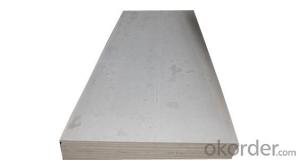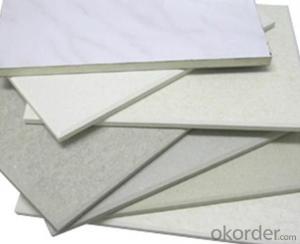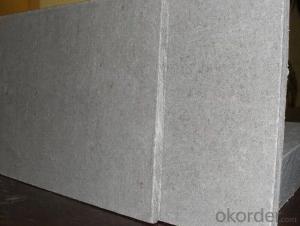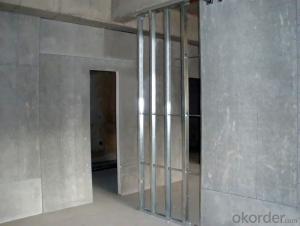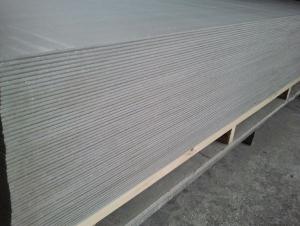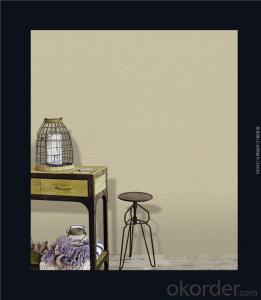Non Slip Aluminum Plate
Non Slip Aluminum Plate Related Searches
Non Return Valve For Aquarium Air Pump Non Galvanized Steel Pipe Stainless Steel Draining Board Non Stainless Steel Appliances melamine board in bangladesh Indoor Led Display Board Digital Led Display Board Led Display Board Singapore 100 Watt Solar Panel Inverter Aluminum Foil Cake BoardHot Searches
Used Foam Board Insulation For Sale Magnesium Oxide Board For Sale Hdf Board For Sale sintra board for sale Gypsum Board Price Per Sheet In India Calcium Silicate Pipe Insulation Price 5 8 Type X Gypsum Board Price Calcium Silicate Board Suppliers In Uae Extruded Polystyrene Insulation Board Price Polyurethane Insulation Board Price White Melamine Board Price Black Melamine Board Price Pre Laminated Board Price List Durock Cement Board Price Solar Inverter Mounting Board Solar Inverter Pcb Board 6Mm Mdf Board Price 18Mm Ply Board Price Ply Board Price List Particle Board Price ListNon Slip Aluminum Plate Supplier & Manufacturer from China
Okorder.com is a professional Non Slip Aluminum Plate supplier & manufacturer, offers integrated one-stop services including real-time quoting and online cargo tracking. We are funded by CNBM Group, a Fortune 500 enterprise and the largest Non Slip Aluminum Plate firm in China.Hot Products
FAQ
- Yes, aluminum sheets can be used for decorative wall panels. Aluminum is a versatile material that offers a wide range of design options for wall panels. It is lightweight, durable, and resistant to corrosion, making it suitable for both interior and exterior applications. Aluminum sheets can be easily cut, formed, and fabricated into various shapes, patterns, and finishes, allowing for endless design possibilities. Additionally, aluminum can be powder-coated or anodized to enhance its appearance and provide additional protection against wear and tear. Whether it's for residential or commercial spaces, aluminum sheets can add a modern and stylish touch to any wall, making them a popular choice for decorative wall panels.
- To prevent galvanic corrosion when utilizing aluminum sheets in conjunction with concrete, there are several precautionary measures that can be employed: 1. Barrier Coating: Apply a protective barrier coating or paint onto the aluminum sheets to create a separation between them and the concrete. This coating functions as a safeguarding layer, hindering direct contact between the aluminum and the concrete, thereby diminishing the likelihood of galvanic corrosion. 2. Insulation: Introduce an insulating material between the aluminum sheets and the concrete. This material can take the form of a non-conductive plastic or rubber sheet that effectively isolates the aluminum from the concrete, minimizing the potential risk of galvanic corrosion. 3. Surface Treatment: Administer a corrosion-resistant treatment to the aluminum sheets. Anodizing is a prevalent surface treatment technique that generates a protective oxide layer on the aluminum surface, augmenting its resistance to corrosion when in contact with concrete. 4. Utilize Dissimilar Metals: Refrain from employing dissimilar metals in conjunction with aluminum sheets and concrete. When dissimilar metals, such as steel or iron, come into contact with aluminum in the presence of moisture, the likelihood of galvanic corrosion increases. Hence, it is advisable to employ aluminum fasteners or supports when working with aluminum sheets and concrete. 5. Adequate Drainage: Ensure proper drainage in areas where aluminum sheets are in contact with concrete. Accumulation of water or moisture can expedite galvanic corrosion. By ensuring sufficient drainage, the amount of moisture that comes into contact with the aluminum can be minimized, thereby reducing the risk of corrosion. 6. Routine Maintenance: Regularly inspect and maintain the aluminum sheets and their protective measures. If any damage or deterioration is detected, promptly repair or replace the barrier coatings, insulation, or surface treatments to ensure continuous protection against galvanic corrosion. By implementing these preventative measures, the risk of galvanic corrosion when employing aluminum sheets with concrete can be significantly mitigated, thereby prolonging the longevity and integrity of both the aluminum and the concrete structures.
- Yes, aluminum sheets are suitable for HVAC ductwork. Aluminum is a popular choice for ductwork due to its lightweight and durable nature. It is corrosion-resistant, which is important in HVAC systems where moisture and condensation can be present. Aluminum ductwork also offers good thermal conductivity, allowing for efficient heat transfer. Additionally, aluminum sheets are easy to work with, making installation and maintenance relatively simple. Overall, aluminum sheets are a reliable choice for HVAC ductwork, providing long-lasting performance and energy efficiency.
- Indeed, aluminum sheet can be effectively utilized in heat exchangers. The utilization of aluminum as a material for heat exchangers is widespread owing to its remarkable thermal conductivity, lightweight nature, and resistance to corrosion. The remarkable thermal conductivity of aluminum facilitates the efficient transfer of heat between fluids, rendering it suitable for a multitude of heat exchange applications. Furthermore, aluminum is obtainable in diverse alloys and thicknesses, granting adaptability in design and customization to cater to specific heat exchanger prerequisites. On the whole, aluminum sheet emerges as a favored option for heat exchangers in industries encompassing automotive, HVAC, and aerospace.
- after putting aluminum sheet into the area between magnet and iron products, could magnet attract iron again?
- magnet can attract iron if the aluminum sheet isn't too thick. Because aluminum can't cut off magnetic line of force, unless aluminum sheet's thickness surpass the range of magnetic attraction.
- Solar reflectors can indeed utilize 101 aluminum sheets for their production. Aluminum is a highly utilized material within the solar sector, owing to its exceptional reflectivity and long-lasting nature. The term "101" pertains to the specific alloy composition of the aluminum, typically indicating either pure aluminum or a low alloy variation. Pure aluminum possesses superb reflective qualities, rendering it an ideal choice for solar reflectors that necessitate efficient redirection of sunlight towards solar cells or panels. Nevertheless, it is crucial to take into account other factors such as thickness, surface finish, as well as any additional coatings or treatments that may be essential for optimal performance in solar reflector applications.
- I have seen some stainless steel rifles that you can basically dunk in water, require no cleaning, etc and perform time after time. If SS is so good why are most weapons made of aluminum parts which is then anodized coated black? If you dunk these weapons in water will they rust? Thanks
- Stainless steel will rust.. It does have small amounts of carbon in it It just takes longer... Than carbon steel to stain Aluminum works for low stress parts ... AR lowers, hand gun frames If the part is stressed or needs wear resistance it generally is made of tool or ordinance grade steel-carbon or stainless
